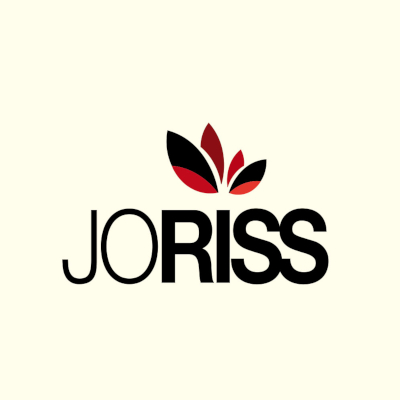
Title: High resolution imaging in mechanobiology by CRAS microscopy
Directors: XU Jianhua & Françoise ARGOUL
Discipline: Life Sciences
Status: Incubating Project
Starting date: 2012
Supervision
Summary
Mechanobiology is the study of the physical factors implication in the process of mechano-transduction. It also includes the control of cell function through the mechanical perturbation of protein conformation via the process of mechanosensing. In fact, this term relate to the ability of cells to sense forces and physical environments through their cytoskeletal organization, and in turns to change their shape and motility. At larger scales, these changes influence also cell and tissue functions. Key molecular players are membrane protein complexes (for example the integrin-based adhesion system), which make the link in between the action cytoskeleton and either extracellular matrix or internal organelles such a nucleus, mitochondria, …These complexes are able to recognize not only the biochemical factors of the extracellular surroundings, but also their physical and geometrical characteristics sun as elasticity, dimensionality and ligand spacing.
During the past decade, the development of biophysical tools to mechanically probe cells and molecules in fluid media at force and displacement resolutions of picoNewtons and nanometers, respectively, has facilitated quantitative and systematic experimental studies of how biochemical factors alter the cellular and subcellular mechanical properties. The investigation of the nano- and micro-mechanics of living cells and of subcellular molecular network structures indeed provides challenging new opportunities to probe the structure-properties-function paradigm intrinsic to the area of material sciences and engineering.
We are convinced that the next decade will bring responses to questions that biologists have somehow neglected during the past decade:
- How does the mechanical and biochemical properties of the cell micro-environment influence its response to treatment ?
- In reverse, how can a cell counteract a modification of its micro-environment, and to which extent can it feed-back its micro-environment?
Cancer is probably one of the best models of the intimate and entangled interplay of biochemical and mechanical factors involving a wide range of spatial and frequency scales in living systems.
Owing to the multi-disciplinary nature of mechanobiology research, this project involves an inter-disciplinary team comprizing molecular and cellular biologists, physicists, physical-chemists and engineers. On the French side, a Lyon ENS team headed by F. Argoul is collaborating with a biologist team of the Research Center on Cancer of Lyon to develop an integrative biomechanical system approach of the multi-scale character of the physical response of a cell, when submitted to a stress. On the Chinese side, the team headed by Professor Xu J.H. brings its expertise in Raman and resonant Raman microscopy technique to allow direct, non intrusive characterization of internal cellular organelles or functions.







